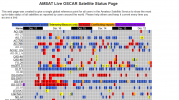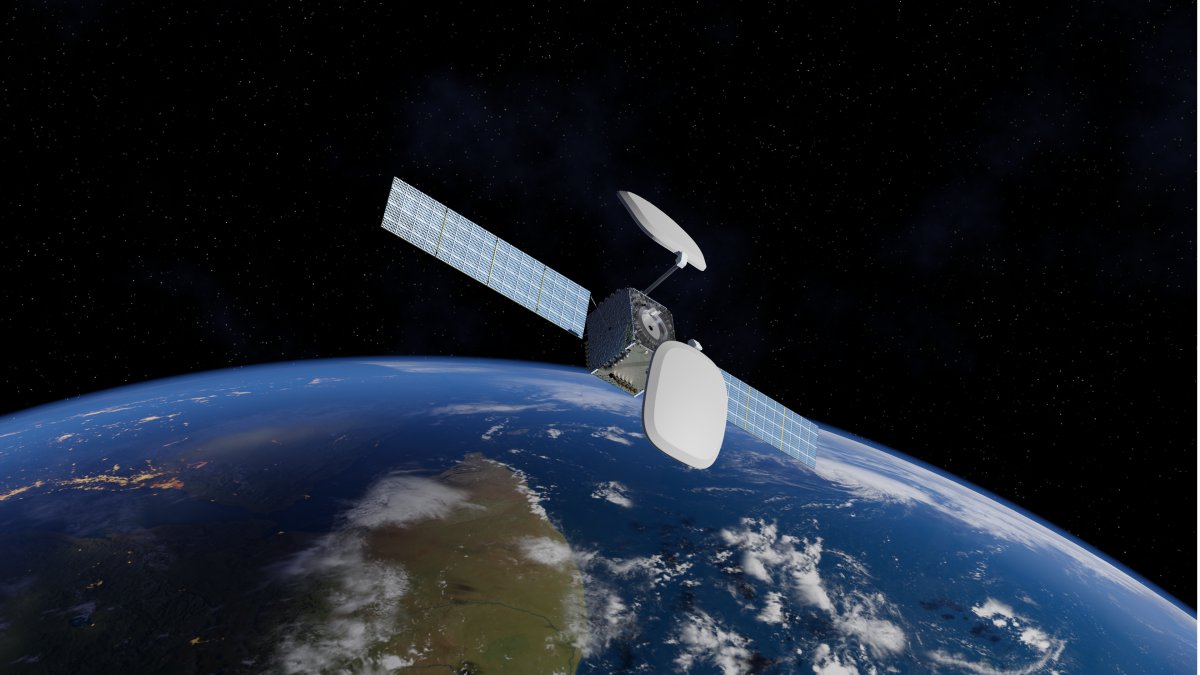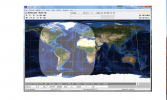SM7WSJ
Well-Known Member
I helgen kan det vara läge att hålla lite koll på 145.800
(samtidigt som ni hör aktivitet där, så kan man även lyssna lite snabbt på 437.800 där ISS repeatern har utfrekvens)
https://ariss-sstv.blogspot.com/
ARISS is celebrating 40 years of human tended operations from space. STS-9 was the first time amateur radio was operated by a person while on orbit back in late 1983. To commemorate that beginning, an SSTV activity has been scheduled to start on Dec 16 about 10:15 UTC and run until December 19 around 18:00 UTC.
Operations will be on the standard 145.800 MHz downlink using SSTV mode PD120.
Received images can be posted at the ARISS Gallery https://www.spaceflightsoftware.com/ARISS_SSTV/index.php. You can also apply for the an award at the ARISS SSTV award https://ariss.pzk.org.pl/sstv/ site.
(samtidigt som ni hör aktivitet där, så kan man även lyssna lite snabbt på 437.800 där ISS repeatern har utfrekvens)
https://ariss-sstv.blogspot.com/
ARISS is celebrating 40 years of human tended operations from space. STS-9 was the first time amateur radio was operated by a person while on orbit back in late 1983. To commemorate that beginning, an SSTV activity has been scheduled to start on Dec 16 about 10:15 UTC and run until December 19 around 18:00 UTC.
Operations will be on the standard 145.800 MHz downlink using SSTV mode PD120.
Received images can be posted at the ARISS Gallery https://www.spaceflightsoftware.com/ARISS_SSTV/index.php. You can also apply for the an award at the ARISS SSTV award https://ariss.pzk.org.pl/sstv/ site.




